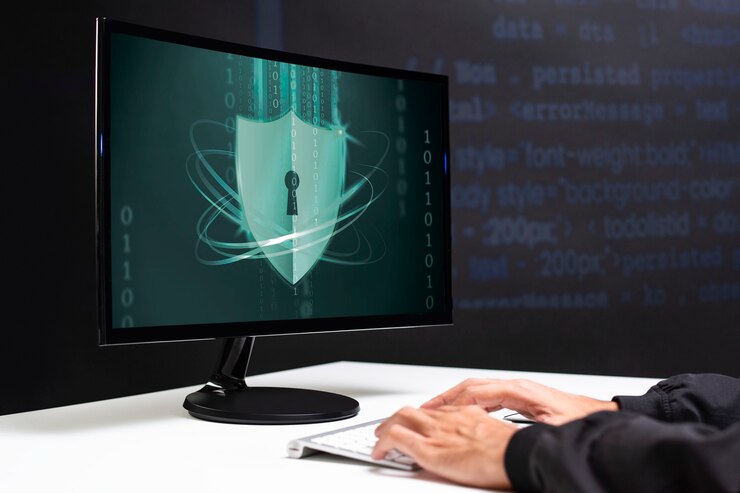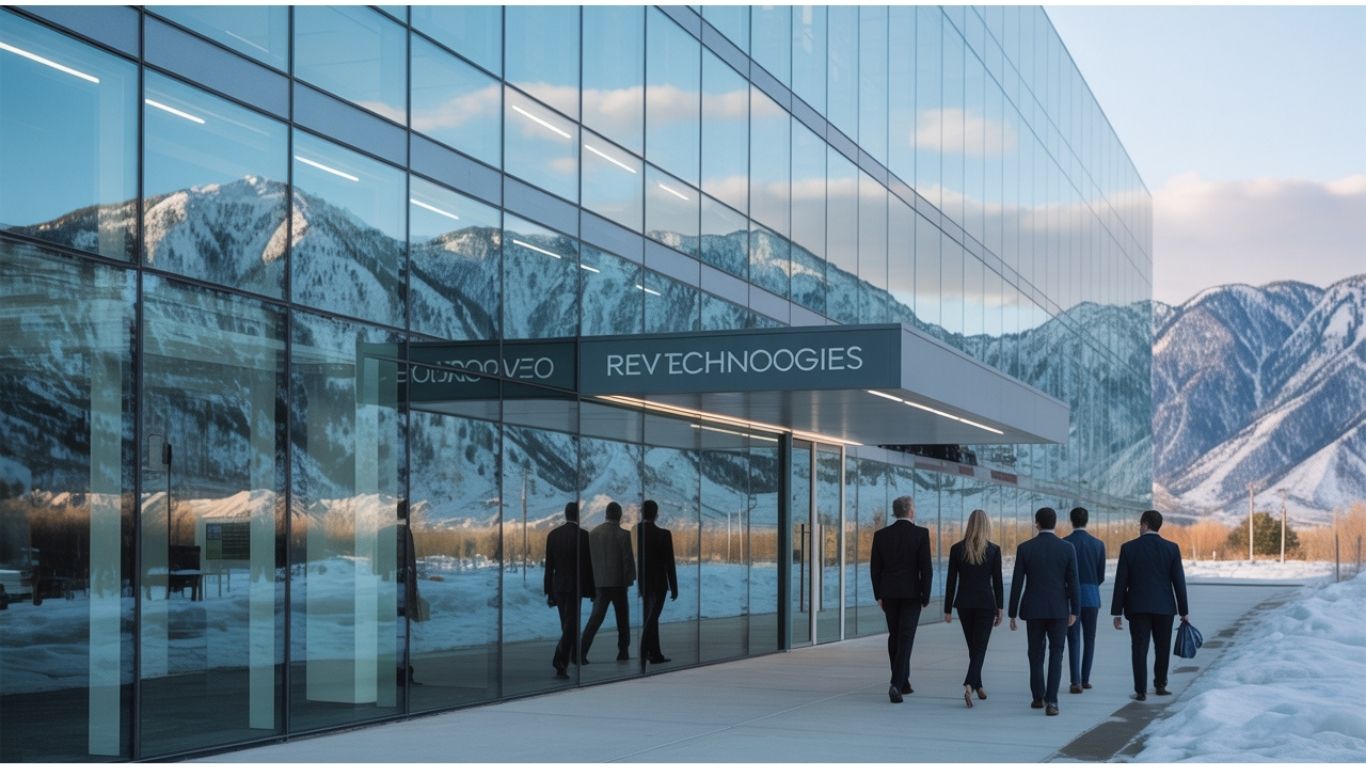In today’s increasingly digital world, cybersecurity is more critical than ever. With the proliferation of online services and data reliance, cyber threats loom large, evolving at an unprecedented pace. The implications of a cyberattack can be devastating, often resulting in financial loss, reputational damage, and compromised personal data. As a result, the demand for robust cybersecurity measures has surged.
As a specialized device, it is pivotal in safeguarding networks from unauthorized access. It acts as the first defense against external threats while preserving the integrity of data flow within secured networks.
Understanding Hardware Firewalls
Hardware firewalls are purpose-built devices designed to secure network boundaries, offering a higher degree of separation than their software counterparts. They function as standalone units, distinct from software solutions on individual computers. This physical distinction allows them to monitor and control incoming and outgoing traffic more effectively, implementing security policies at the network’s edge.
One critical component of a comprehensive cybersecurity strategy is the hardware firewall. Hardware firewalls can block or permit traffic based on security protocols by inspecting data packets and using predefined rules. This level of scrutiny helps prevent unauthorized access, malware, and other malicious activities that can compromise network integrity. As networks become more complex, using hardware firewalls in conjunction with other security protocols is crucial in maintaining a layered defense strategy.
The Shift Towards Hardware Solutions
There has been a marked shift towards hardware-based security solutions in response to the growing complexity of cyber threats. Businesses increasingly recognize the benefits of hardware firewalls, particularly their ability to handle significant data traffic loads without impacting performance. According to a recent study, global cybercrime costs are projected to reach a staggering $10.5 trillion annually by 2025, underscoring the urgent need for effective defenses. Unlike software firewalls, which can slow down individual systems, hardware solutions operate independently, ensuring consistent network speed and reliability.
This trend is evident as organizations prioritize dedicated resources to manage and secure their data flows effectively. Hardware firewalls, therefore, become indispensable components of an advanced cybersecurity infrastructure, reflecting an industry-wide movement towards adopting more robust, scalable solutions. You can read this relevant news article for more insights into how organizations are enhancing their cybersecurity measures.
Advantages of Hardware Firewalls
- Performance:By operating as standalone devices, hardware firewalls do not tax the processing power of individual computers, making them a high-performing option for managing network security. They ensure that security measures do not impede system efficiency or user productivity.
- Scalability:As businesses grow, so do their cybersecurity needs. Hardware firewalls are highly scalable, allowing organizations to expand and customize their defenses without rebuilding their entire infrastructure. This adaptability makes them appealing to businesses of various sizes.
- Intrusion Prevention:With real-time monitoring and advanced threat detection capabilities, hardware firewalls can actively prevent unauthorized access attempts. By analyzing traffic patterns and identifying anomalies, they stop threats before they can infiltrate the network.
Real-Life Applications
Hardware firewalls are widely used across numerous sectors, especially those handling sensitive data. Financial institutions employ these devices to protect transactional data from cybercriminals. One major bank implemented hardware firewalls to thwart attempted cyber breaches, providing a secure environment for its customers.
Similarly, healthcare organizations, given the sensitive nature of patient data, rely on hardware firewalls to maintain compliance with stringent data protection regulations. These applications showcase hardware firewalls’ versatility and critical importance in modern cybersecurity frameworks.
Beyond traditional sectors, educational institutions are also adopting hardware firewalls to secure vast networks of student and faculty data. As classrooms become more digital, protecting personal and academic information is imperative. Thus, the broader deployment of hardware firewalls highlights their integral role in securing information across diverse environments.
Potential Challenges and Considerations
Despite their numerous benefits, hardware firewalls present specific challenges. The initial investment can be substantial, posing a hurdle for smaller organizations with limited budgets. Moreover, their complexity might necessitate specialized knowledge for installation and maintenance, requiring organizations to invest in skilled IT personnel.
Regular updates and proactive management are crucial to maintaining their effectiveness, as outdated systems may not protect against newer threats. To address these challenges, some businesses are exploring cloud-managed firewall services, enabling remote management and reducing the on-site burden.
Additionally, as cyber threats become more complex, firewall rules and settings must be continuously adapted and customized. Organizations must stay vigilant and regularly audit their security configurations to ensure that firewalls remain effective against emerging threats.
Integrating Hardware Firewalls into a Comprehensive Security Strategy
To maximize their effectiveness, hardware firewalls should be part of a layered strategy encompassing various security solutions. This might include software firewalls, antivirus software, and intrusion detection systems. Such an integrated approach ensures comprehensive protection, addressing vulnerabilities from multiple angles.
Implementing a cohesive strategy requires clear security policies and regular audits to maintain resilience against emerging threats. For guidance on integrating various cybersecurity components, consider exploring expert advice that emphasizes tailored solutions to meet specific organizational needs.
Moreover, collaboration between departments within an organization fosters a unified approach to cybersecurity. By aligning strategies across IT, human resources, and administrative teams, businesses can create a culture of security awareness that complements technological measures.
Future Trends in Cybersecurity and Firewall Technology
The landscape of cybersecurity is continuously evolving, with new challenges constantly emerging. Future developments in hardware firewall technology include advancements in automation and AI, which can enhance threat detection capabilities. These technologies promise to make firewalls more adaptive, learning from data patterns to offer more brilliant protection.
Organizations must stay informed about these trends to remain ahead of potential threats. Embracing evolving technologies will help maintain robust defenses, allowing businesses to safeguard their digital assets effectively against an ever-changing threat environment.
Furthermore, integrating cloud-based firewall solutions promises greater flexibility and scalability, enabling businesses to adapt rapidly to dynamic cybersecurity landscapes. As more companies move to hybrid and remote work models, the role of cloud-managed firewalls will likely become central to maintaining secure networks across diverse working conditions.






